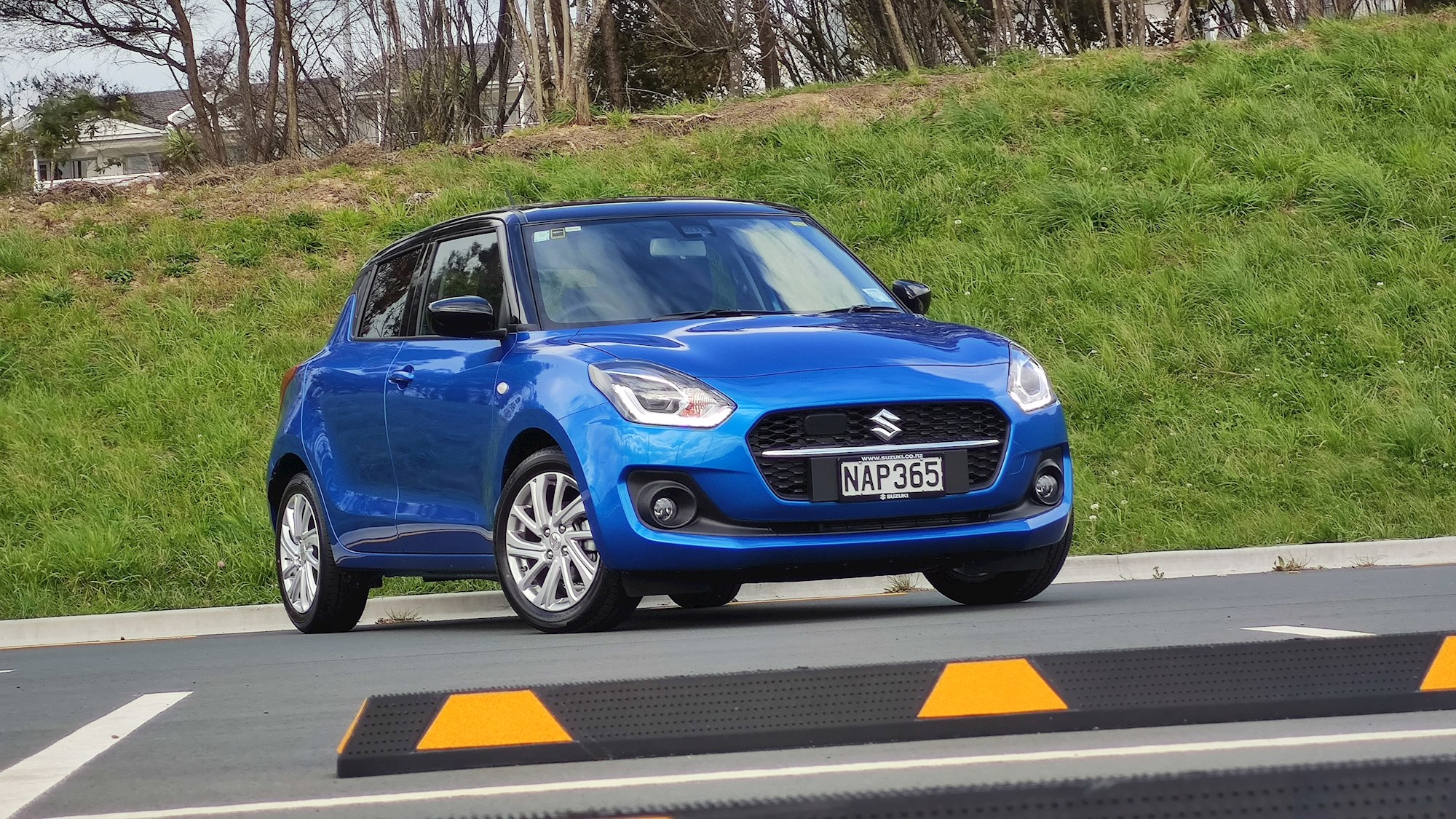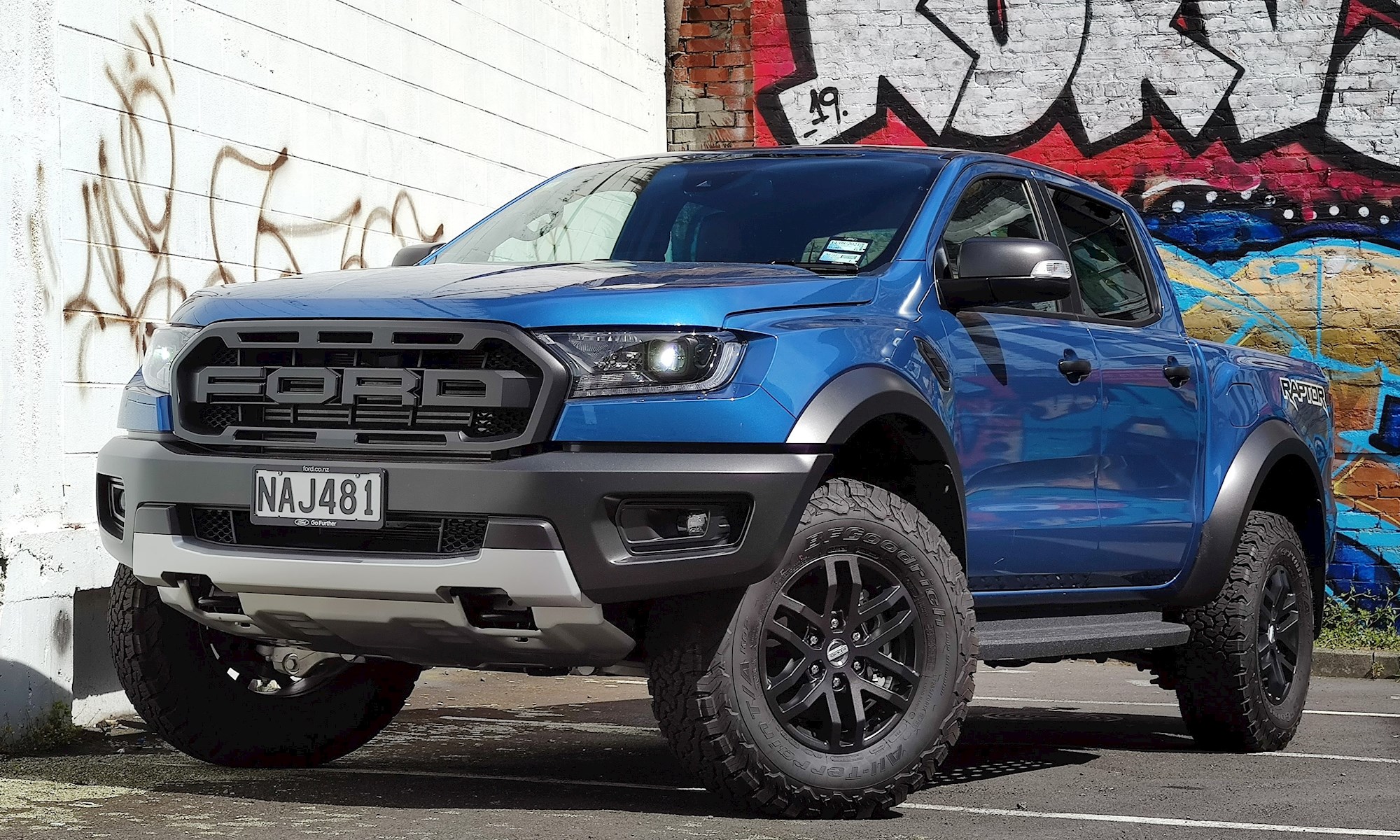The New Zealand Government's just-announced Clean Car Standard has set a CO2 target of 102g/km by 2025, a reduction of almost 40 per cent from the current new-vehicle average. Utes and vans must hit 132g in the same timeframe.
Car importers have just two years to get their ranges organised, with fines in place for those that don't meet an annually reducing target (towards those final goals of 105g/132g) from 2023. The current NZ average for cars and SUVs is 161g; overall, the fleet is around 171g.

But they're all just numbers, right? Car distributors (we don't design or build cars in NZ, remember) have a real challenge ahead, but it's hard to put it into context without relating it to actual vehicles that we currently buy.
The idea is to focus on the C02 averages across individual brands, rather than every vehicle on sale meeting that 105g mark. So some might be over and some might be under and hopefully it all balances out.
But looking at which current models actually meet that 105g shows just how much work there is to do - and how important it will be for car brands to pepper their ranges with electric and hybrid vehicles in the years to come, to bring those averages right down.
Conventional internal combustion-engined cars that meet the 105g standard right now? They are virtually non-existent. The tiny Suzuki Swift, one of NZ's best-selling small cars, is nearly there at 106g - but that's for the least powerful 1.2-litre model with a manual transmission.
You need to go hybrid to achieve the target. Toyota's Prius, Yaris, C-HR and Corolla petrol-electric models are all under. Although larger vehicles like the RAV4 and Camry hybrids are still well over.
That's just for context, because the standard is not quite that simple: the 105g target will be also adjusted for the weight of individual vehicles. So the real target for a featherweight sub-1000kg city car would be 80g, whereas a two-tonne SUV would be 130g. Making your head spin yet?
Adding more plug-in hybrid (PHEV) and pure-electric (BEV) vehicles to the fleet has the potential to drastically reduce average CO2 figures for a brand. Plug-in hybrids return good results because the official fuel economy test takes into account a full charge of the battery (and BEVs are zero of course). Check out the list below for every sub-105g vehicle currently on sale in NZ.
But supply of EVs will be an issue in the next couple of years, as carmakers scramble to reduce CO2 figures in Europe to avoid massive fines - therefore allocating production to those countries ahead of tiny markets like NZ.
Utes might be even more of a challenge, as the template is long established: heavy ladder-chassis frames and relatively large-capacity diesel engines. Even the most thrifty Ford Ranger (NZ top-selling single vehicle, remember) is 179g; other models are well over 200g.
What are the consequences for failure to meet the magic number? A penalty will be applied from 2023 of $50 per gram of CO2 above the target for new vehicle imports or $25 per gram above the target for used vehicle imports - but it is applied across the fleet. A new car importer bringing in 100 cars and exceeding the average by one gram in 2023 will be penalised $5000.

The Motor Industry Association (MIA), which represents the new-vehicle industry in NZ, has already come out swinging, say it's too much, too soon.
"The MIA has stated on many occasions that we support well thought out and constructive policies that will lead to an increased rate in the reduction of CO2 emissions from the light vehicle fleet," says David Crawford, chief executive of the MIA.
"We welcome the Government’s commitment to introduce incentives and await more details on how these will work.
"However, while we believe the fuel economy standard is necessary, the speed at which we must reach the average target of 105 grams of CO2 per km is the most aggressive and severe in the world. No other country has ever had to face a 40 per cent rate of reduction in five years that we now must meet.
"We urge the Government to amend the target date to 2030.
"Contrary to the views of Government, the 2025 target date does not allow time for model development, vehicle sourcing arrangements and does not recognise that for many distributors in NZ their model choice is tied to the Australian market.
"With no similar policy required in Australia, our market, which represents just 0.018 per cent of new vehicle production in any one year, is too small for manufacturers to develop models just for us."
Car importers will be able to "bank, borrow and transfer" their achievements. Banking allows brands to keep a CO2 allowance for the next three years, borrowing allows them to take a CO2 holiday as long as they make it up the next year and transferring means brands could give their allowance to another company that's operating within the same CO2 programme. Let the bartering begin?
Current NZ-market petrol models that meet the 105g/km target without weight adjustment (all hybrid or plug-in hybrid)
BMW: 225xe (34g), 330e (39g), 530e (36g), 745e (46g), X3 xDrive 30e (48g), X5 xDrive 45e (39g), i8 (42g)
Hyundai Ionic hybrid (102), Ioniq PHEV (26g)
Kia: Niro HEV (88g), Niro PHEV (29g)
Land Rover: Range Rover Sport P400e (71g)
Lexus: CT (94g), UX250h (94)
Mercedes A 250e (24g), C 300e (33g), E 300e (46g), GLC 300e (59g)
Mini: Countryman Cooper SE (49g)
Mitsubishi: Outlander PHEV (46g)
Peugeot: 3008 PHEV (29g)
Porsche: Cayenne e-hybrid (56g), Panamera e-hybrid (62g)
Toyota: Yaris hybrid (76g), Yaris Cross hybrid (86g), C-HR hybrid (97g), Corolla hybrid (97), Prius (80g), Prius Prime (32g)
Volvo: XC40 Twin Engine (38g), S/V60 T8 (39g), XC60 T8 (49g), XC90 T8 (49g)
Pure electric (BEV) models with 0g/km
Audi e-tron
BMW i3
Hyundai: Ioniq Electric, Kona Electric
Jaguar i-Pace
Kia Niro EV
Mercedes-Benz EQC
MG ZS EV
Mini Electric
Nissan Leaf
Renault Zoe
Tesla: Model 3, Model S, Tesla Model X
Volkswagen e-Golf





